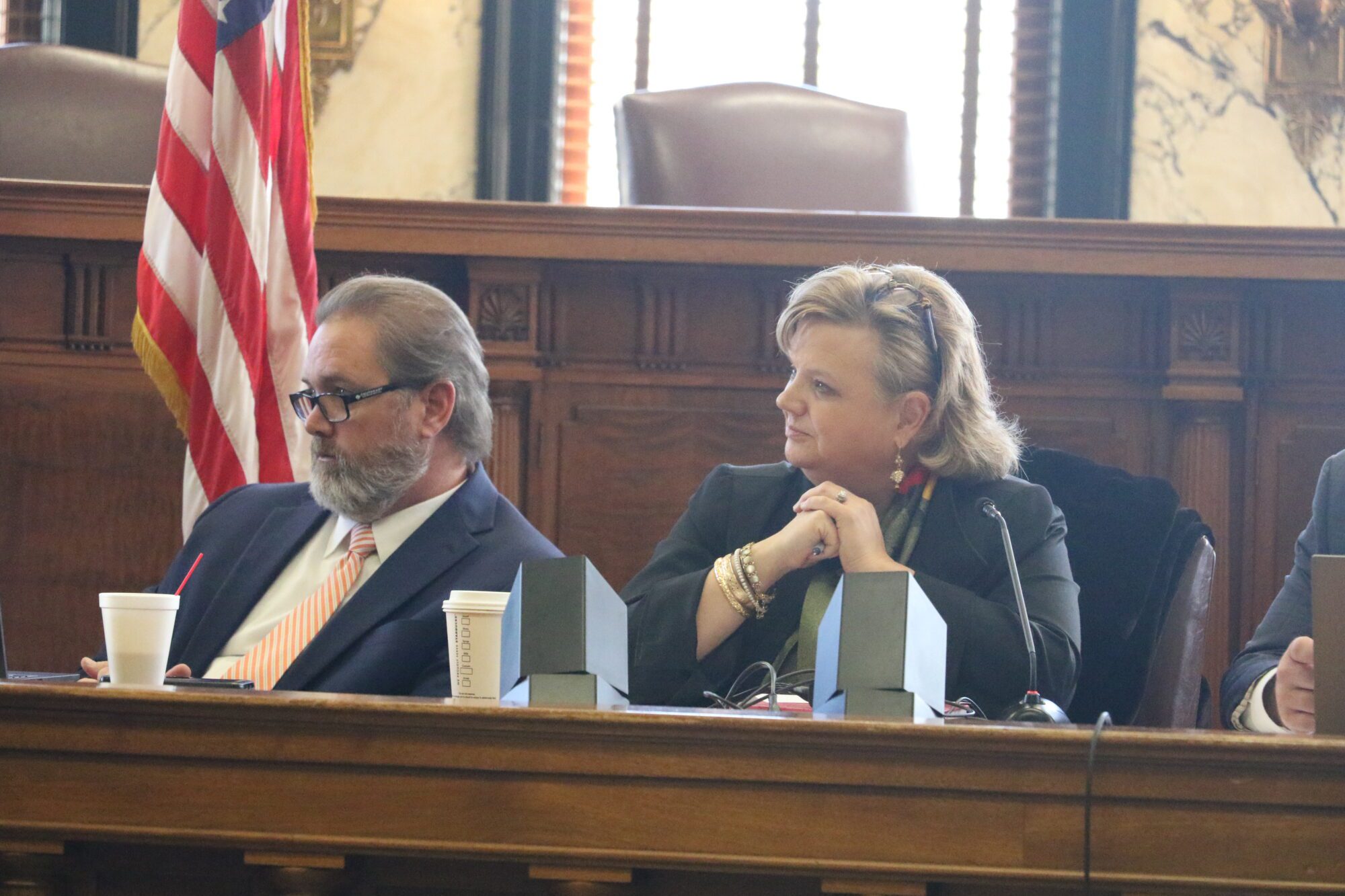
Multiple vehicles for tax incentives to assist in the financial needs for families make their way through the Mississippi Legislature.
It’s widely known that taking care of children is no simple task. Raising children involves teaching, guiding, and caring for the emotional and physical well-being of another individual. To do all of those things, it often costs extra money.
According to the U.S. Department of Agriculture in a study from 2015, the largest costs to raising a child are housing at 29 percent, food at 18 percent, and childcare/education at 16 percent for a middle-income family.
Since the U.S. Supreme Court decision to overturn Roe v. Wade in Dobbs vs. Jackson Women’s Healthcare, the authority of how they will handle abortion regulations was returned to the states. Mississippi’s statutes outlawed the procedure, and lawmakers are proposing legislation to fill the gaps for families from what is expected to be an influx in children in the state.
Currently, Speaker of the House Philip Gunn (R) has an omnibus bill in HB 1671 that encompasses several tax credits that could relieve some financial burdens on families as well as incentivize those who donate to organizations that support families and children.

Philip Gunn
The bill would provide a tax credit up to 50 percent of the federal reimbursement for childcare, on the state level. It also includes credits for contributions made to crisis pregnancy centers, under the Pregnancy Resource Act, along with an increase in the tax credit when adopting. Additional credits could be seen when donating to a foster care organization or for transitional housing.
The provisions of the bill are also included in other tax related bills as lawmakers get further into the appropriations process, typically tackled at the end of session.
With childcare being one of the top three major costs of raising a child, the state Senate has also offered a piece of legislation to incentivize employers to help carry some of that burden.
Mississippi already has laws on the books (MS Code 57-73-23) to incentivize employers to host childcare facilities on site. Unfortunately, due to the regulations affiliated with that and the inconsistent need for childcare by employees, few to no businesses have taken advantage of the incentive.
“What I found out about that is that it’s pretty expensive,” said Senator David Parker (R). “You’d have to build a space for that, then hire someone to do the care and then you’d also have to know that you’re always going to have an employee who needs that care.”

The Senate has taken that statute and switched gears. Under SB 2335, authored by Senator Parker, employers could provide a 50 percent income tax credit for providing dependent childcare during an employee’s work hours.
Parker said as they began to look at the current statutes, lawmakers were trying to find alternative solutions that could also provide additional support in the wake of the Dobbs decision.
“Myself and Senator [Nicole] Boyd have been very passionate about answering questions that people have thrown to us about what are you going to do with a mother who now has a child that maybe they weren’t expecting to have,” said Parker. “The answer is we want to give them opportunities to work and have the employer come alongside to have an extra opportunity.”
Essentially, an employer would provide a direct payment of up to $6,000 per employee for childcare from a licensed facility. The employer would then receive an up to $3,000 reimbursement whenever these payments were made.
These payments could only be made to a licensed EIN facility. It would not be applicable to family care, such as a grandparent or other family member.
In the House bill, the amount of the credit that could be taken for childcare would have to be equal to fifty percent of the amount of the federal income tax credit they claim for employment-related expenses.
According to a 2021 report from the Mississippi State Department of Health (MSDH), full-time market rate of childcare ranges from $125 to $140 weekly depending on the age of a child. For an infant in full-time childcare, the market cost for a family could pay roughly $7,000 yearly. These costs do not include registration fees or wait lists due to a high volume of children needing care in one area.
Cost of care could also be impacted by the size of the facility. Smaller care centers, with less than 16 children, could charge up to $364 weekly for infant care.
The report indicated that more than half of the respondents that shared additional information with MSDH said they needed additional funding and/or long-term maintenance of the increased subsidy rates that were provided during the COVID-19 pandemic through the Child Care Payment Plan.
“I’ve seen the situation so many times as a business owner where someone says, ‘I’d love to work, but it’s going to cost me so much to pay for daycare of childcare.’ Ultimately, they decide they can’t enter the workforce until their children are school age,” said Parker.
Not only would this bill provide much needed financial support to an employee but would also stimulate the economy, according to Parker. He said it is a positive for not only the employee and child, but the employer and the daycare facility.
As Chair of Workforce and Economic Development in the Senate, Senator Parker said allowing for women to be able to enter into the workforce with the extra cushion with that employer childcare support, will continue to bridge that gap while their children are young, allowing the mothers to stay in the workforce.
Women’s involvement in the labor force drastically increased from the 1960’s to the 1980’s. It reached its highest peak in 1999 at a 60 percent participation rate. That eventually slowed in the early 2000’s hitting a low in 2015 at 56.7 percent prior to the pandemic. It then rose to 57.4 percent in 2019. The continued declines since 2020 are a result of the pandemic, according to the U.S. Bureau of Labor Statistics.
Women with children under 18 years of age participated in the labor force at 72.5 percent as of March 2020, compared to men with children who participated at 93.1 percent. Mothers with children over the age of six have held jobs at a much higher rate than those with young children, whereas fathers’ employment was rarely impacted by a child’s age being under 18.
While childcare costs are not the only issue facing parents in the 21st century, Senator Parker said when you address one issue, it opens up improvement in other areas as well. In a time of revenue surplus, Parker said it gives the chance for the Legislature to be proactive on issues instead of reactive.
“My thought is not, now that we have some revenue coming in let’s just get rid of all of it, but you have to plan and build towards a plan that will keep the ball rolling,” said Parker.
Senator Parker said if the bill makes it into law, the hard part will be getting the word out so that people are aware that there is an incentive to take advantage of when seeking employment.











